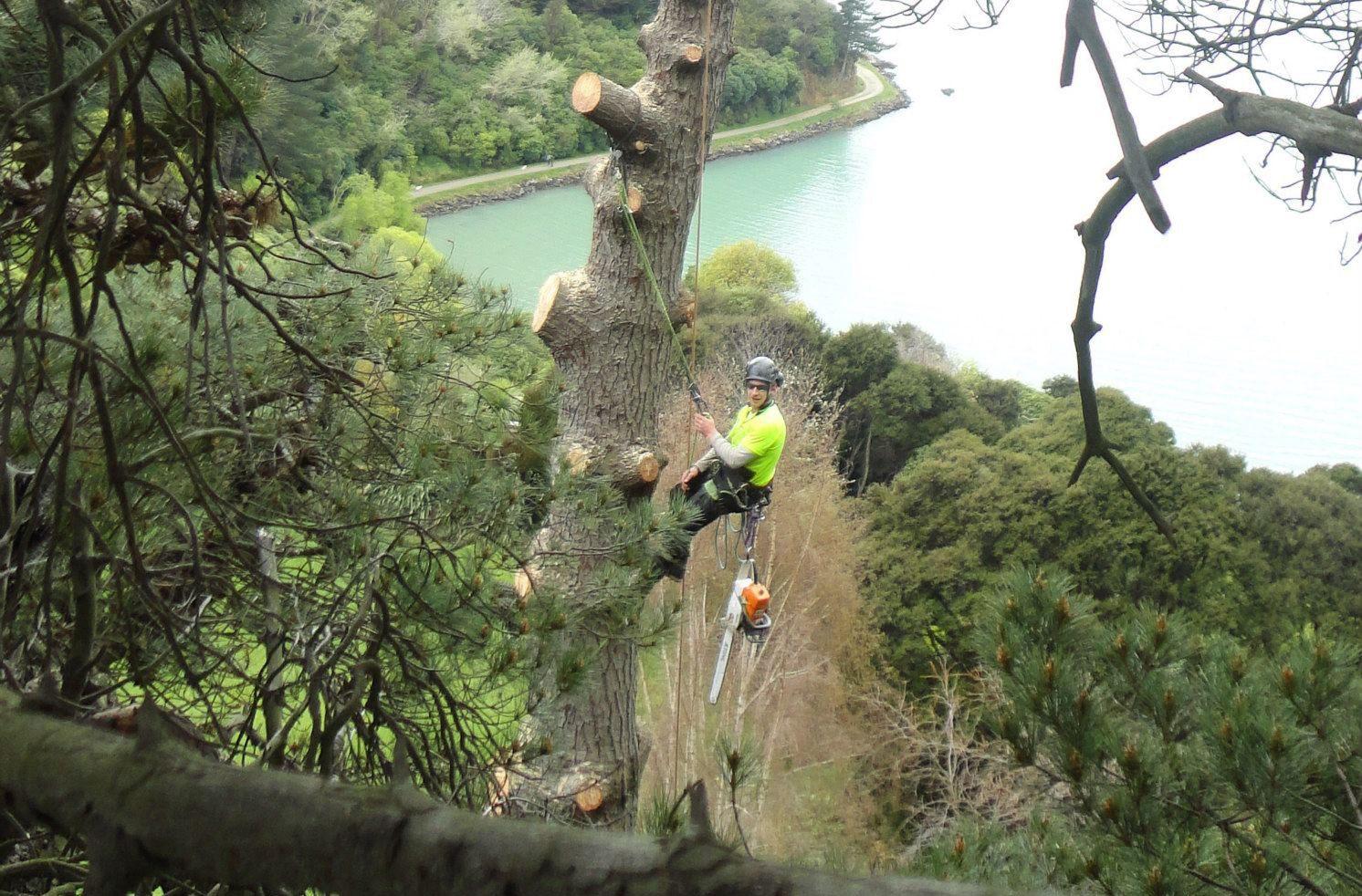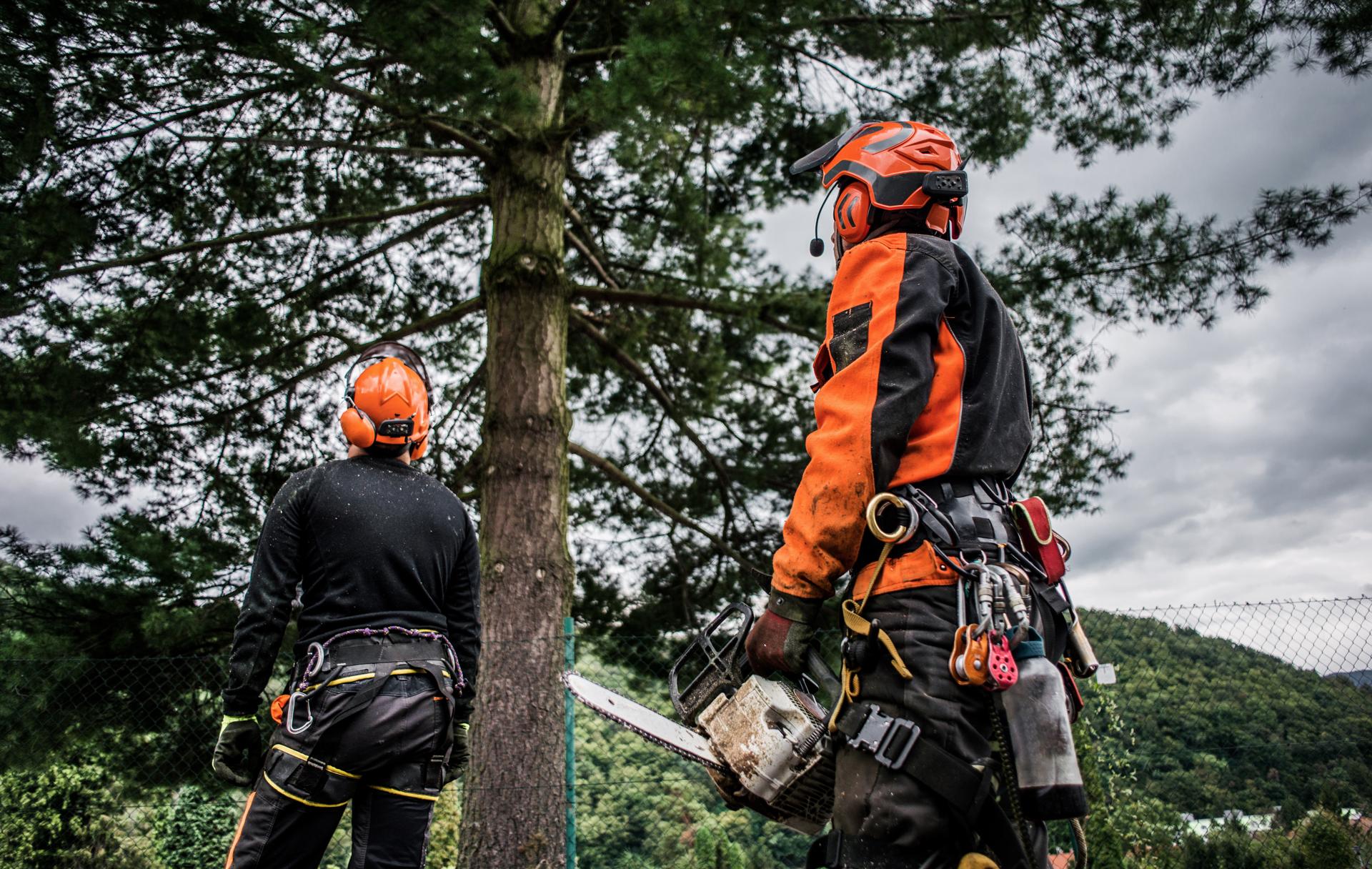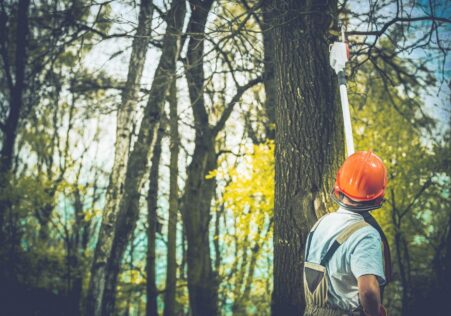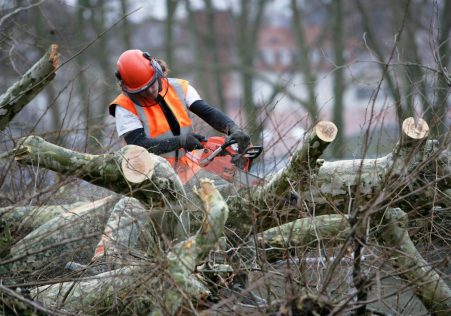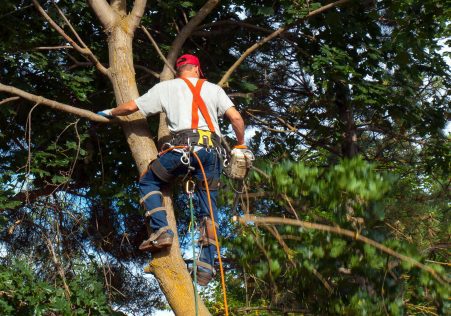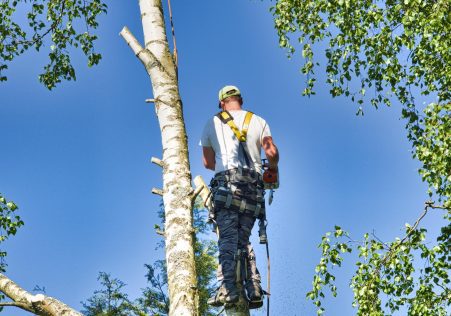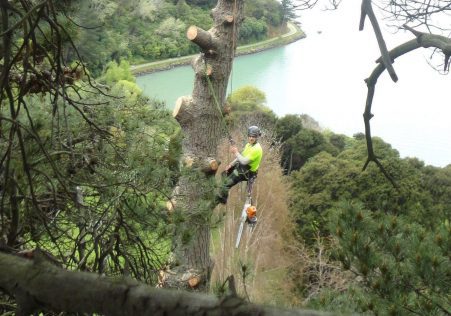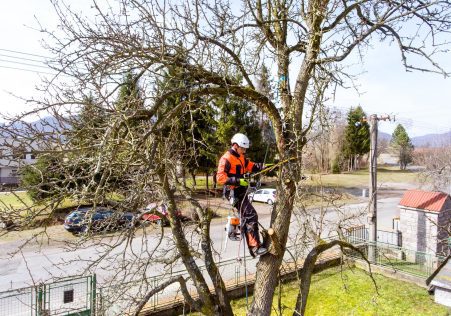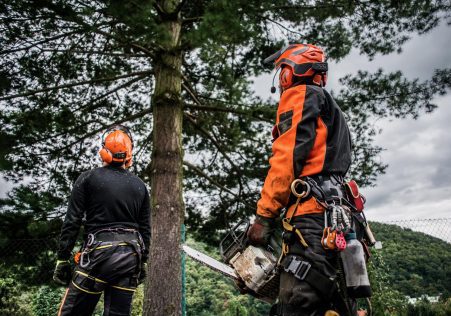How to Protect Trees? A Reference to Understanding Protected Status
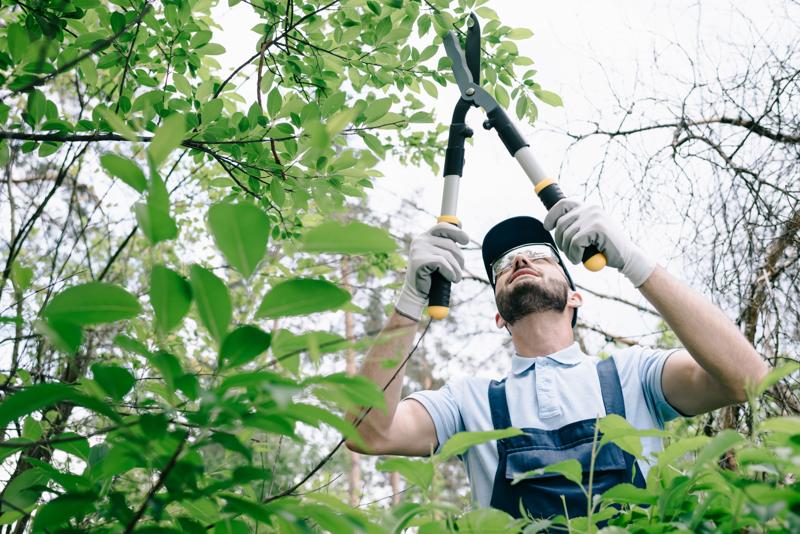
Trees play a crucial contribution to our ecosystem by providing shade, fresh air and aesthetic value our surroundings. However they are not all equal and some carry additional protection status, making it illegal to do any work without obtaining permission. If you are considering having a tree removed it is essential to know the status of protection for the tree in question and the steps you need to take to ensure compliance with the laws. In this article, we’ll guide you through the process of determining whether a tree is safe and exactly what steps you will need be doing to make sure that you comply with the law.
What exactly is a tree that is protected?
A protected tree is subject to specific legal restrictions It is illegal to do works on a tree without the required permissions. There are two kinds of protection a tree may have - preservation and protection orders that are statutory.
Protection under the law
As a matter of the law trees are protected under the law, and they are subject to Tree Preservation Orders (TPOs). TPOs are issued by local authorities in order to protect trees with a significant public value and to ensure that they are not destroyed or damaged.
Preservation orders
Preservation orders are similar to TPOs but are put in place from the Secretary of State responsible for Environment. The trees that are protected by preservation orders are considered to be of exceptional value and are protected from all work, which includes felling.
How can I tell when a tree is in danger?
To determine whether a tree is protected, you must to determine if the tree is under a TPO or preservation orders. This can be accomplished by contacting your authorities in your area and asking them check their records.
TPO search
To search for the TPO, you can contact an Tree or Woodland Official from your local authority, who can inform you whether the tree is in the protection. They will also be able advise you about the next steps to take if the tree is in a protected area.
Preservation order search
To search for a preservation permit, you’ll need to call secretary of state for Environment. They will be able to tell you whether the tree is protected and will provide the necessary information and guidance.
FAQs:
What happens if I conduct work on a protected tree without permission?
If you work on a protected tree without obtaining the necessary permissions, you could face massive fines or even prison.
Can I appeal a TPO or preservation order?
Yes, you can appeal a TPO or preservation or TPO if you feel it’s not justifiable. You will have to prove your argument and demonstrate your argument as to why it is not necessary to appeal the TPO or preservation order isn’t needed.
Can I take down a protected tree?
It is illegal to remove protected trees without permission from the appropriate authorities. If you require the tree to be removed, you will need to request permission and submit the evidence needed to prove your case.
Conclusion
To conclude, knowing if a tree is protected is a crucial aspect in ensuring that tree work is carried out legally. If you know the various types of protection and how to check for them to ensure you’re following the law and are protecting the trees that you are responsible for. If you’re not sure about the protection status of trees, we suggest seeking advice from a reputable tree specialist like Sydney Tree Lopping Services. Our experienced arborists can advise you on the protection status of your trees and walk you through the steps to ensure that you are complying with the legal guidelines. With our expertise and commitment to providing top-quality tree care We can assist you to maintain the beauty and value of your trees. Contact us today at 1300 291 794 to schedule a consultation and let us assist you to keep your trees protected and healthy.

